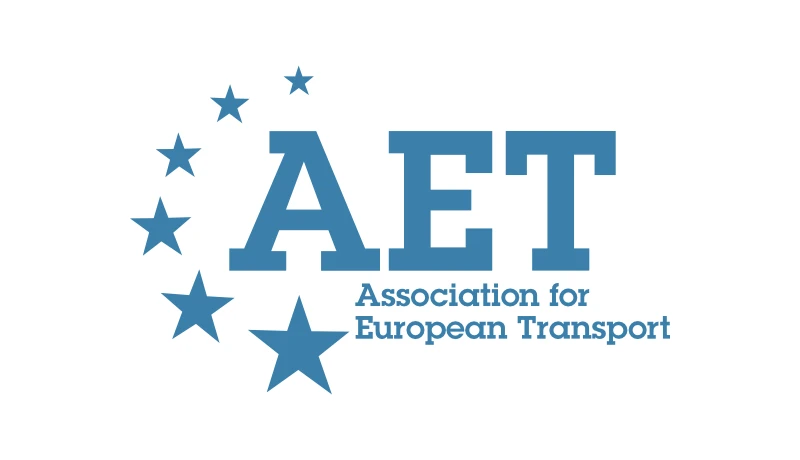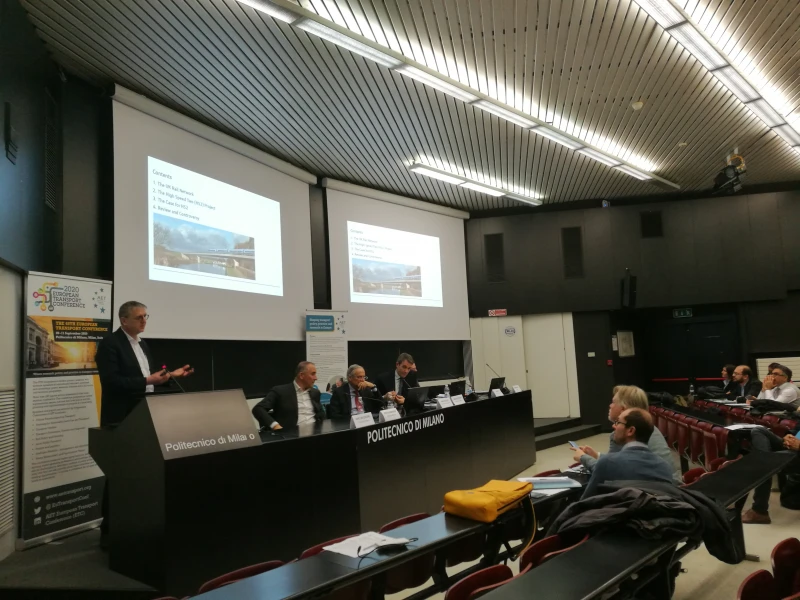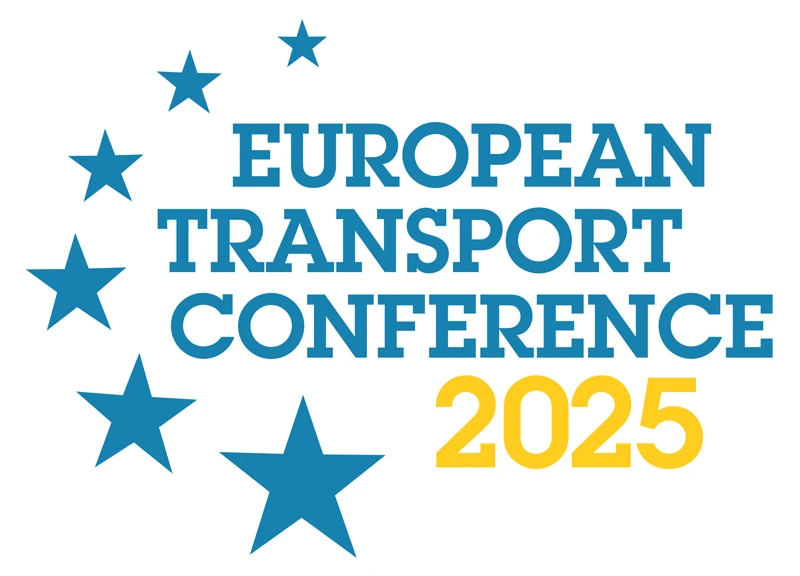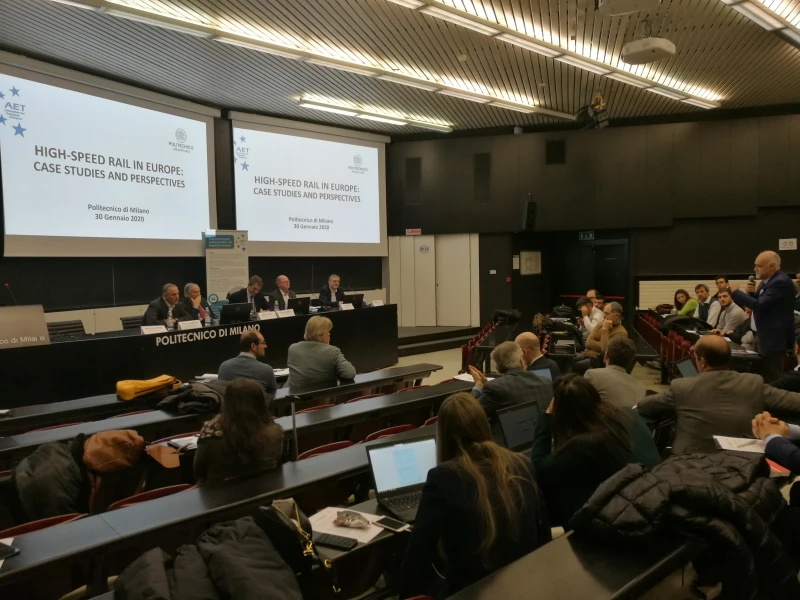-
Past ETC Papers
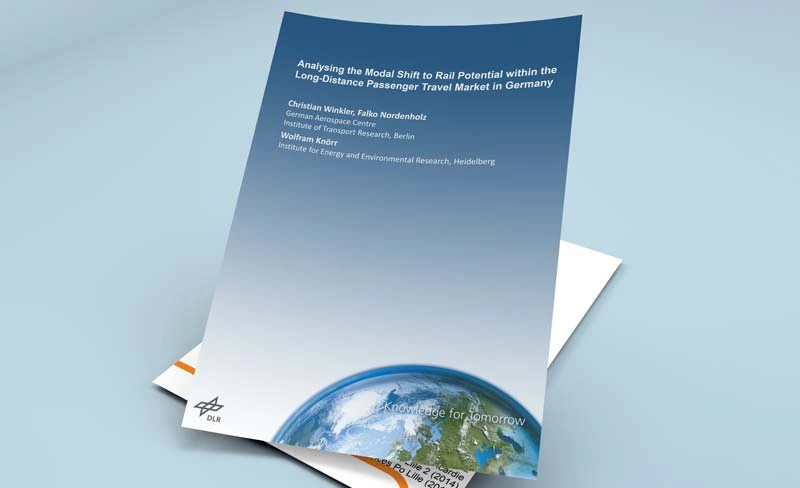
Browse, search and view papers from the past AET Conferences.
-
Members' Area
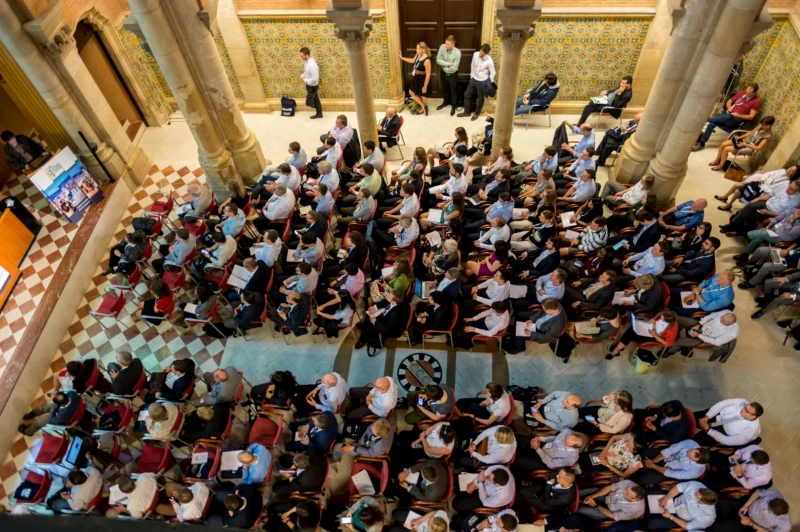
AET promotes networking and exchange of ideas, information and opportunities amongst members.
Conference Papers 2024
Antwerp, Belgium
ETC Conference Papers 2024
Surface Access Improvements: Designing on-demand public transport to reduce single-occupancy car trips
Seminar
Day 2 (19 Sep 2024), Session 6, Keflavik Masterplan and surface access modal share improvements, 13:30 - 15:00
Status
Accepted, documents submitted
Submitted by / Abstract owner
Beate Kubitz
Authors
Beate Kubitz, Beate Kubitz Associates Ltd (presenter)
James West, Padam Mobility (presenter)
Short abstract
Heathrow Airport Surface Access Strategy aims to reduce single occupancy car trips, to cut emissions and congestion. This case study examines elements required to enable successful behaviour change using demand responsive public transport.
Abstract
Heathrow Airport Surface Access Strategy (2022) sets out how the airport will increase passenger public transport mode share, reduce colleague single-occupancy-car mode share, reduce carbon emissions and increase its public transport catchment.
It was set out after two particularly difficult years for airports. The financial impacts for Heathrow Airport were severe and forced reductions in the support the airport could offer to public transport. However, efforts to reverse and renew this trend are underway.
The Sustainable Travel Zone initiative, launched in 2022, aimed to renew and restore access by public transport and active travel. Data analysis for the Heathrow Sustainable Transport Zone showed that over 1/3 of Heathrow ID holders lived within just 15 postcode areas close to the airport, however the mode share for single occupancy vehicles has been as high as 62% (2017 staff survey).
Factors that influence this include the cost of transport and its convenience – particularly people working early or late shifts which start or end at times when public transport is not always an option. Heathrow Airport recognises the need for discounted travel for staff and the need for new or significantly improved services including increased frequencies.
This case study examines a service improvement in which the team were able to design a bus service that could rival car journey times and convenience using on-demand public buses.
The demand-responsive transport (DRT) solution was proposed for the Dedworth area following analysis of staff and passenger travel, and of the area’s connectivity with Heathrow.
Dedworth is a residential area in Windsor located 17km west of Heathrow by road. Prior to 2020 it was served by bus route operated via Windsor town centre, taking nearly an hour to make the journey and requiring 2 vehicles to provide an hourly service. Support for the service ceased in 2020. In 2022, rather than directly reinstating it, the team analysed alternative options to provide a more attractive service that would enable behaviour change.
The fastest road access from Dedworth to Heathrow is via the M4 motorway. By private car the journey times are in the region of 20 minutes (depending on the time of day).
The team’s analysis indicated that if the bus was to attract people away from driving, the trip time would need to be closer to that of a private vehicle and the frequency of buses would need to increase to be convenient.
They designed ‘Go2Gate’, a DRT service that would pick people up close to their homes from virtual bus stops and then take them directly to Heathrow using the M4 route rather than passing through Windsor town centre. The DRT would only stop at the points passengers had booked in Dedworth rather than making a timetabled circuit of the area which would take longer and which vehicles would be obliged to follow under UK bus registration regulations. It would travel directly between the booked pick up (or drop off) points and Heathrow airport. This design, with efficient pick up strategy and using the most direct route, enabled the equivalent of a half hourly service with trip times of under 30 minutes. The service cost is similar to the previous hourly service but the service levels are vastly improved.
In addition, the service hours of operation are between 0300 and 2330. This reflects the requirements of staff shifts and of passengers arriving at Heathrow or checking in at the airport.
The service has been promoted at the airport to passengers through signage and leaflets and to staff through staff communication channels.
The feedback for the service has been exceptionally positive, with staff noting that it is easy to use, rapid and also compares favourably to using staff parking.
This case study demonstrates that it is possible to improve public transport to airports by taking an analytical approach and designing services using modern on-demand transport platforms. By providing services where cost, convenience and journey time are comparable to private car, there is the opportunity to change behaviours.
Programme committee
Aviation
Topic
Air travel and airports
Documents:

Association For
European Transport
Forester House
Doctors Lane
Henley-in-Arden
Warwickshire, UK
B95 5AW
+44 (0) 15 64 793552
VAT number: 710 1866 64
Conference Supporters & Endorsers

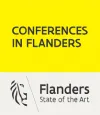


Legal Entity
The Association for European Transport is registered as an Association ('vereniging') with the Chamber of Commerce for Haaglanden in The Netherlands under company number 27170096.
Built on Zenario

